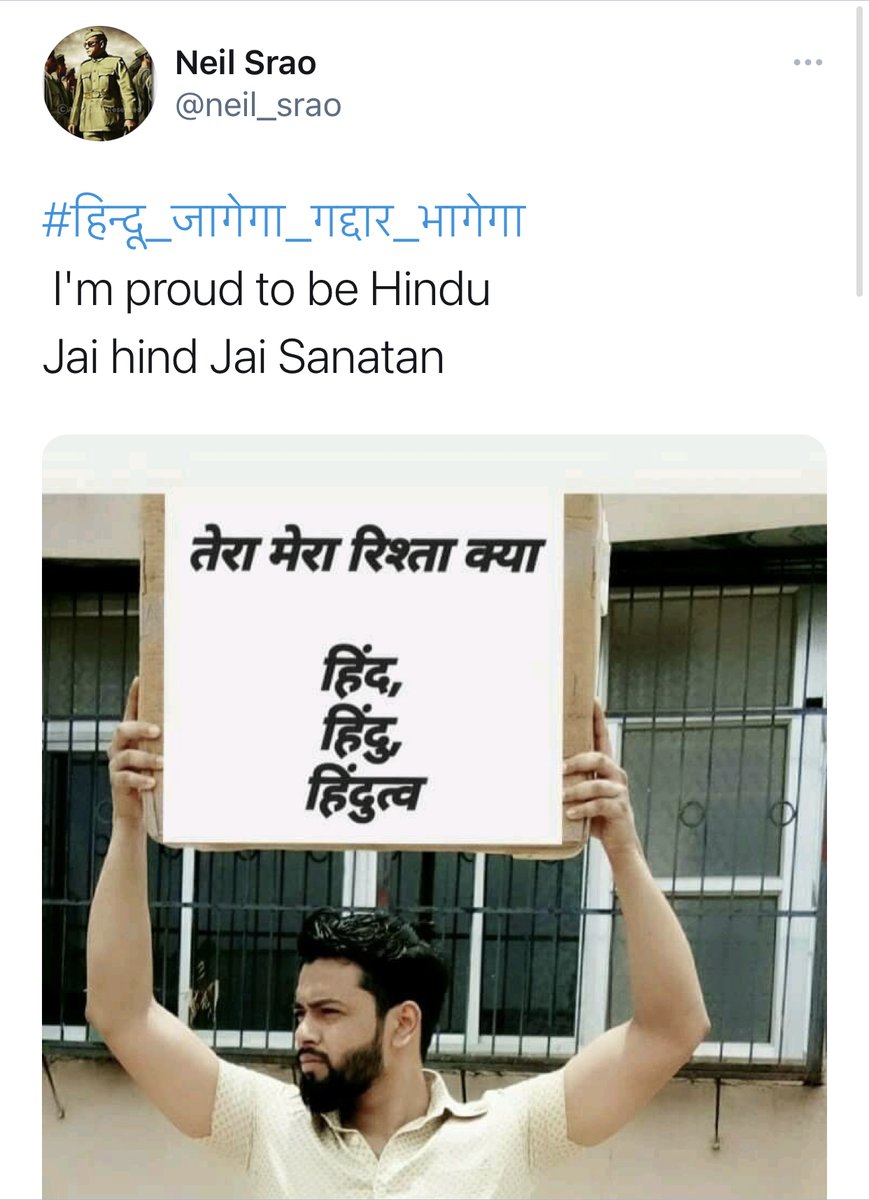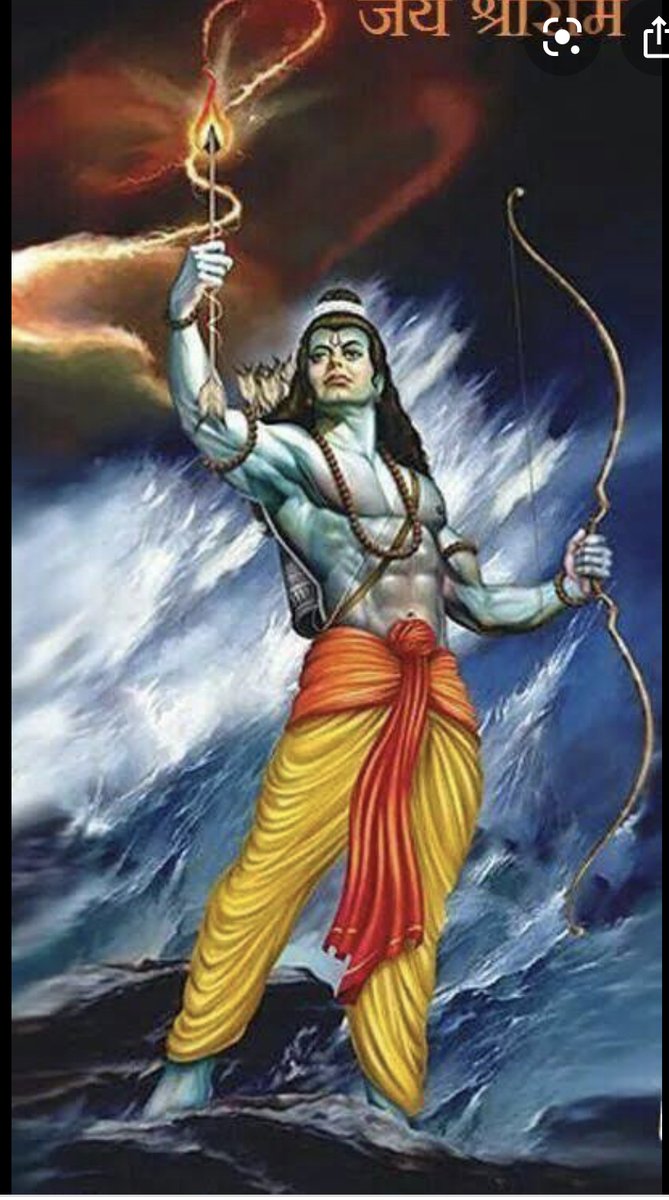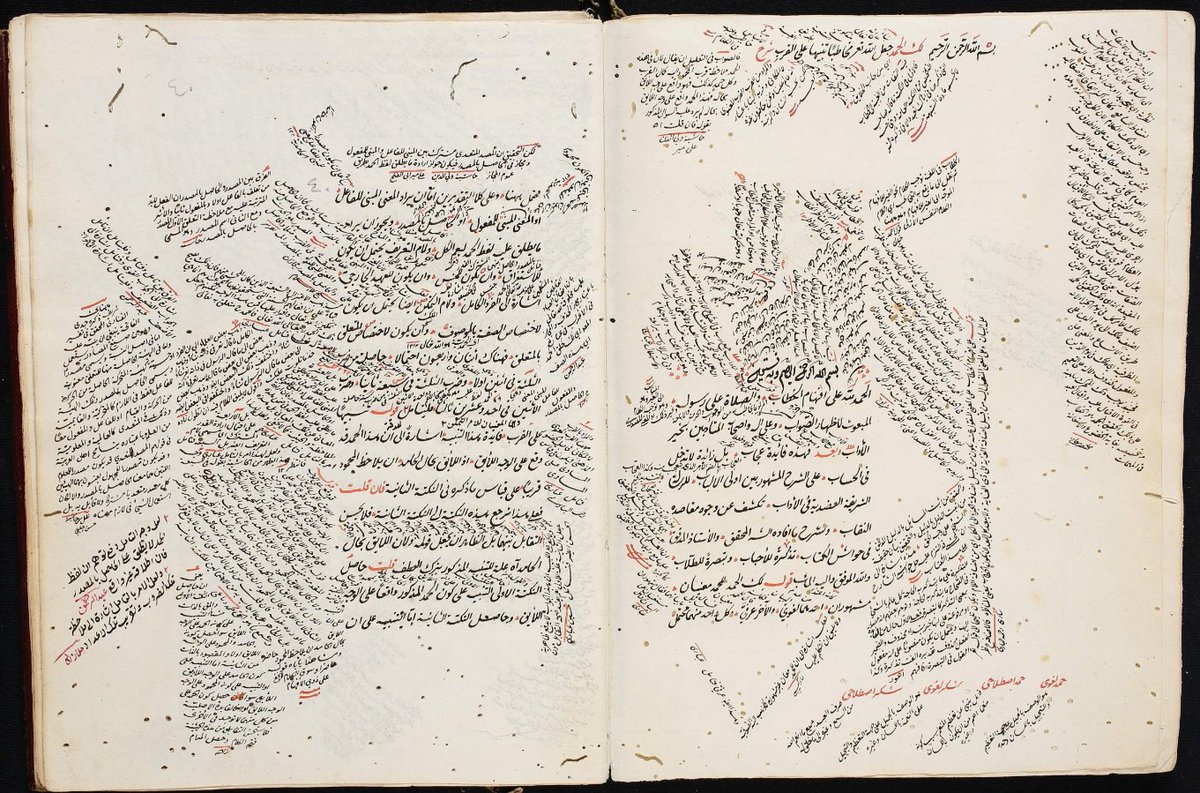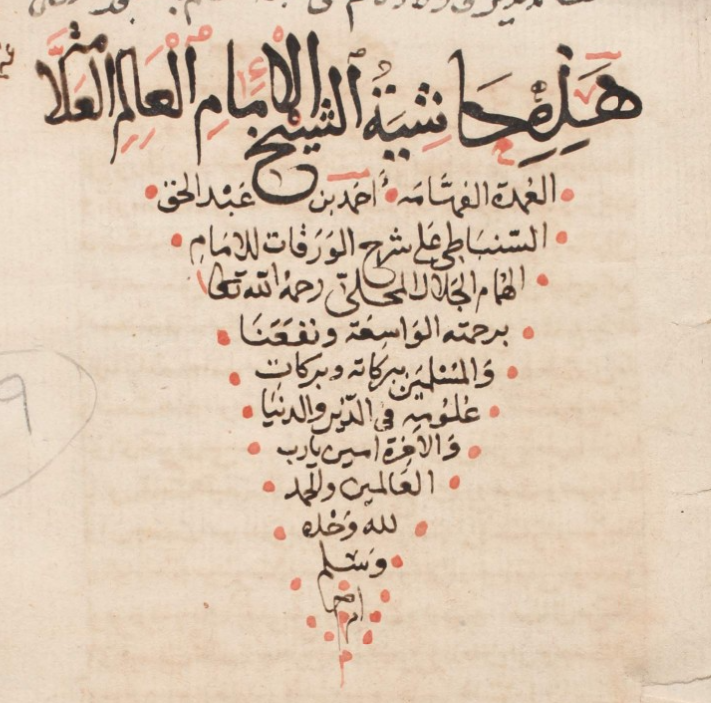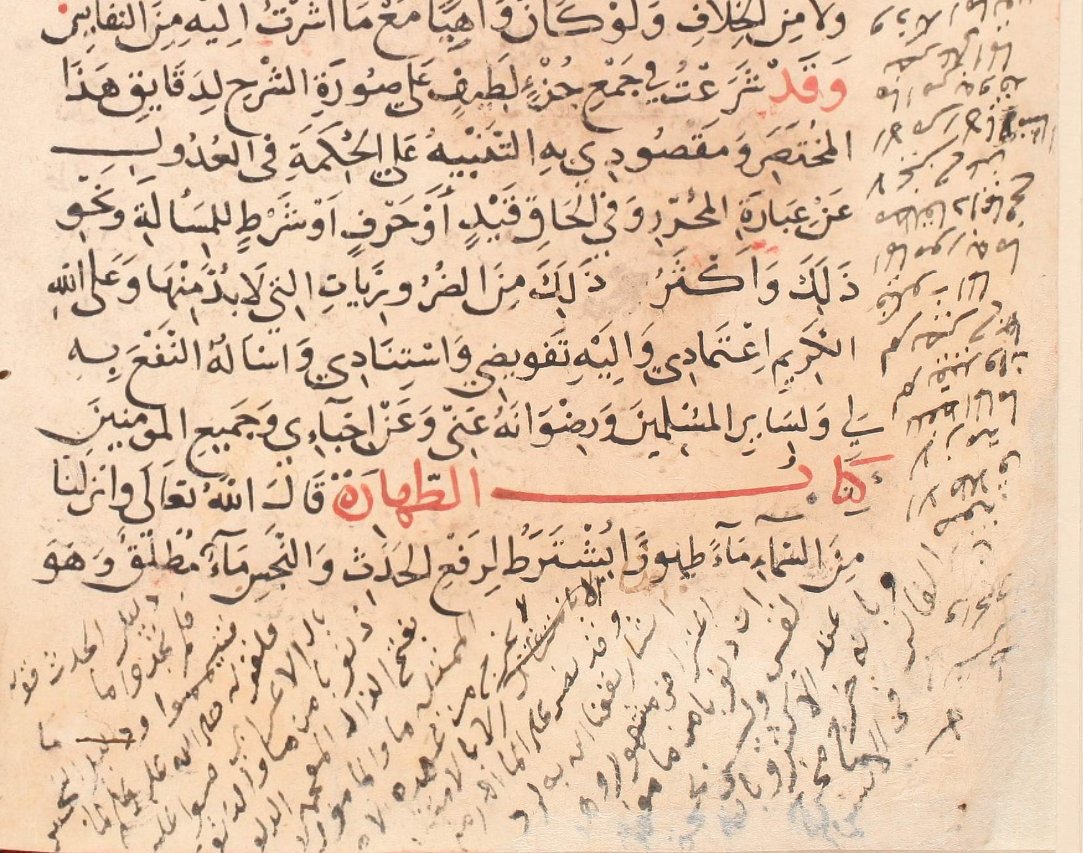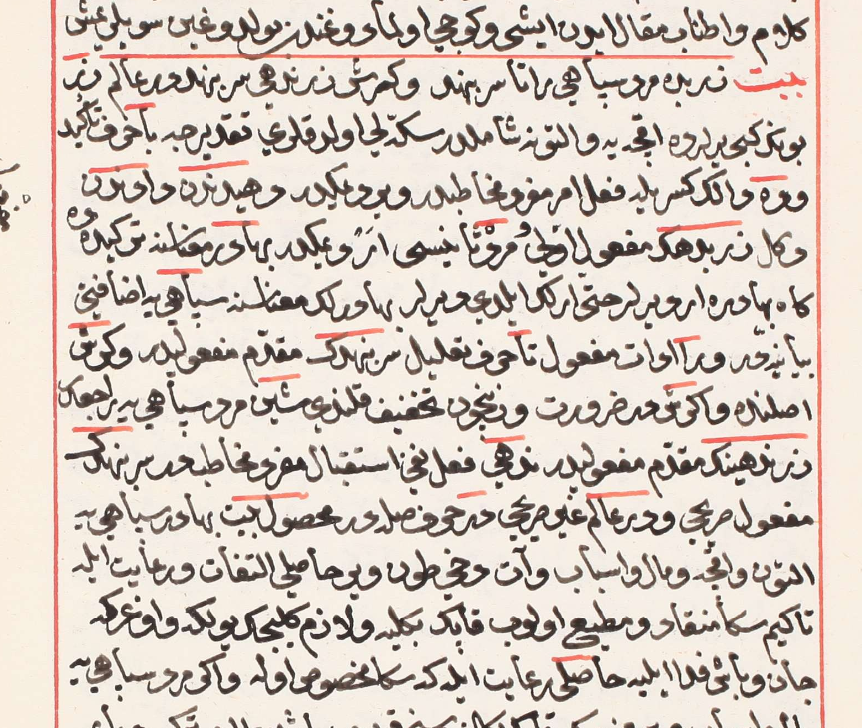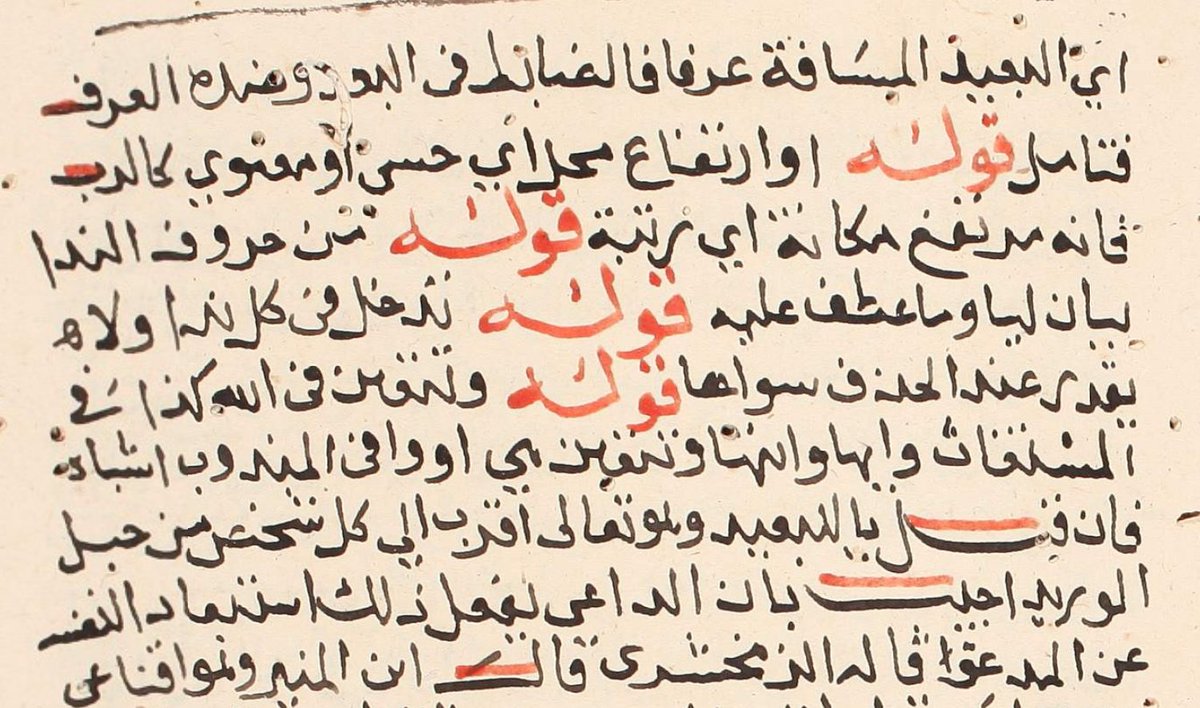First thread of the year because I have time during MCO. As requested, a thread on the gods and spirits of Malay folk religion. Some are indigenous, some are of Indian origin, some have Islamic
i wonder if you can make a thread bout witchcraft in malaysia.. or list of our own local gods/deites..
— r a y a \U0001f319 (@lcvelylilith) February 20, 2020
https://t.co/3QhLXi8FHO
Animist ceremonies of a religious or magical nature were normally held for the purpose of divination or making a request. This would either be done at a keramat or at a shrine similar to the Thai spirit houses or Chinese roadside shrines pic.twitter.com/I1hliyi0x3
— \u2745\u1710\u170b\u1713\u170e (@uglyluhan) June 16, 2019
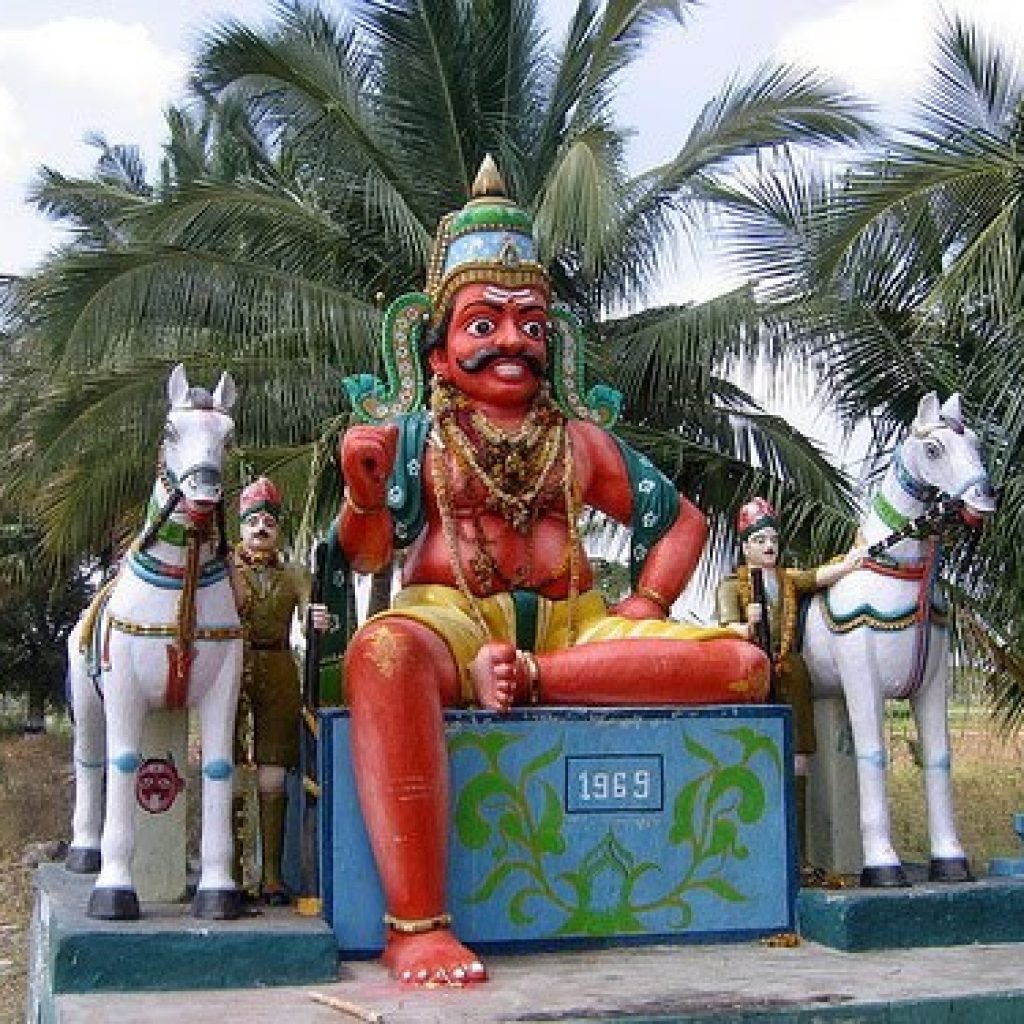
https://t.co/EPzRLssYde
Whatever the case, the Hikayat Seri Rama as we know it gives us a glimpse into the early Malay-Muslim worldview which corresponds to other legends of the time. That is, it manages to keep the original Hindu story but reframe it within a more acceptable Islamic narrative
— \u2745\u1710\u170b\u1713\u170e (@uglyluhan) October 2, 2019

https://t.co/zLxXZOWz42
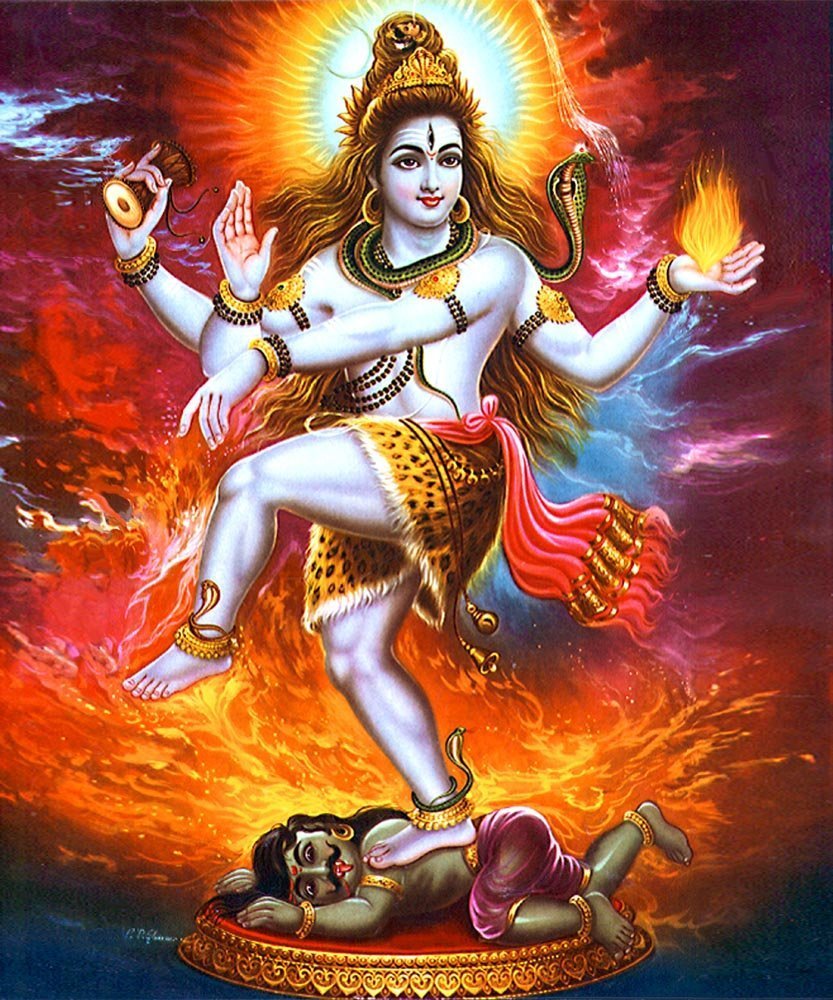
https://t.co/LTrUhHp6sO
For Malays, the tiger and crocodile were the two most dangerous and feared animals, one on land and the other in the water. In fact, they were even said to be related pic.twitter.com/PrOMetyNTp
— \u2745\u1710\u170b\u1713\u170e (@uglyluhan) October 13, 2019
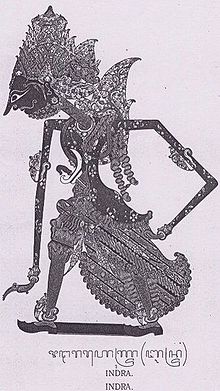
https://t.co/yfVQnM085I
Today Hindus celebrate Maha Shivaratri, the most important of the monthly #Shivaratri honouring the god Shiva, known as Siwa in Malay. Shiva is one of the most popular Hindu deities in South & Southeast Asia. Malays knew him best in his manifestations as Batara Guru and Mahakala pic.twitter.com/nJTHeMysxc
— \u2745\u1710\u170b\u1713\u170e (@uglyluhan) March 4, 2019
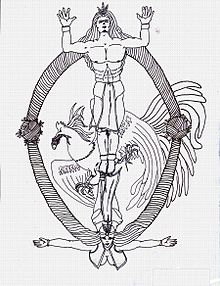
https://t.co/XJ9BfFxfnc
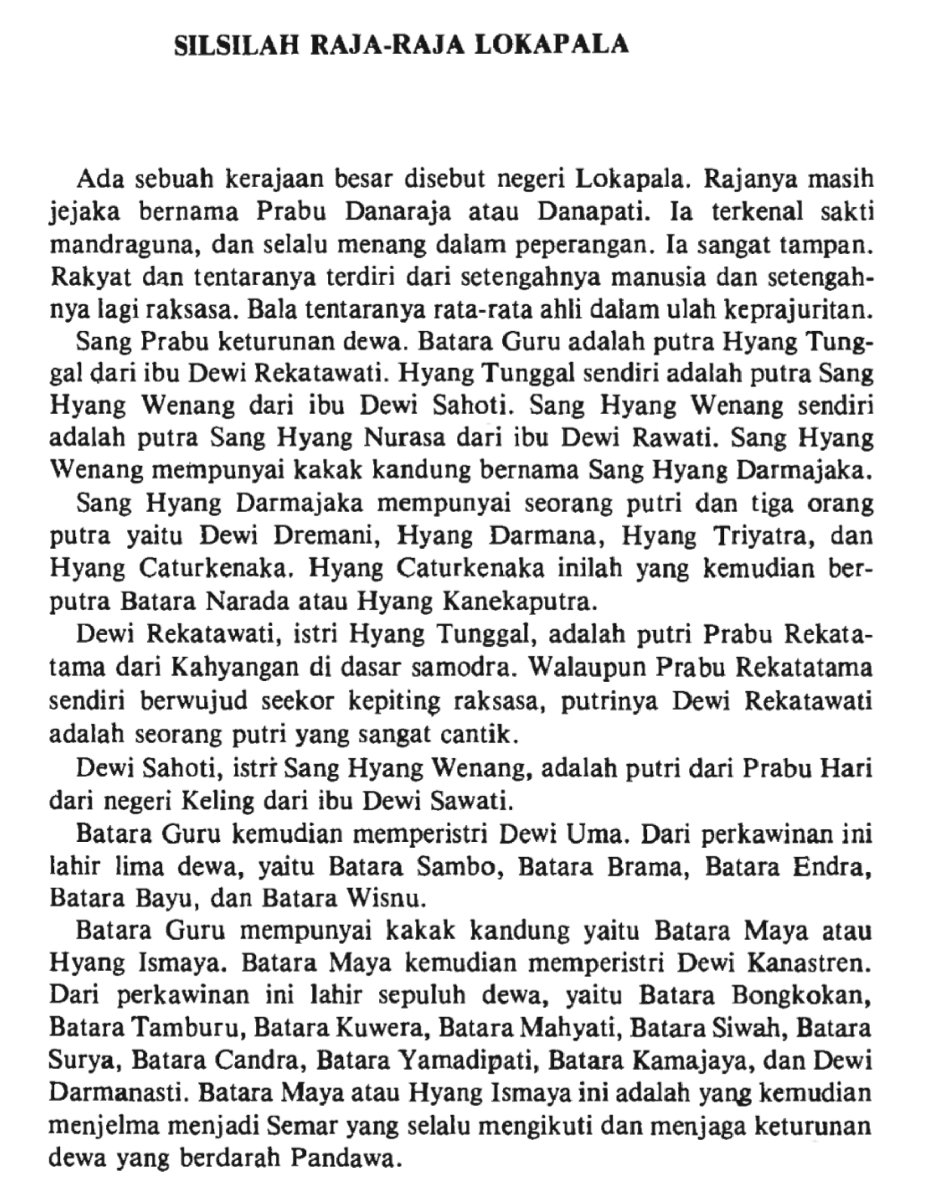


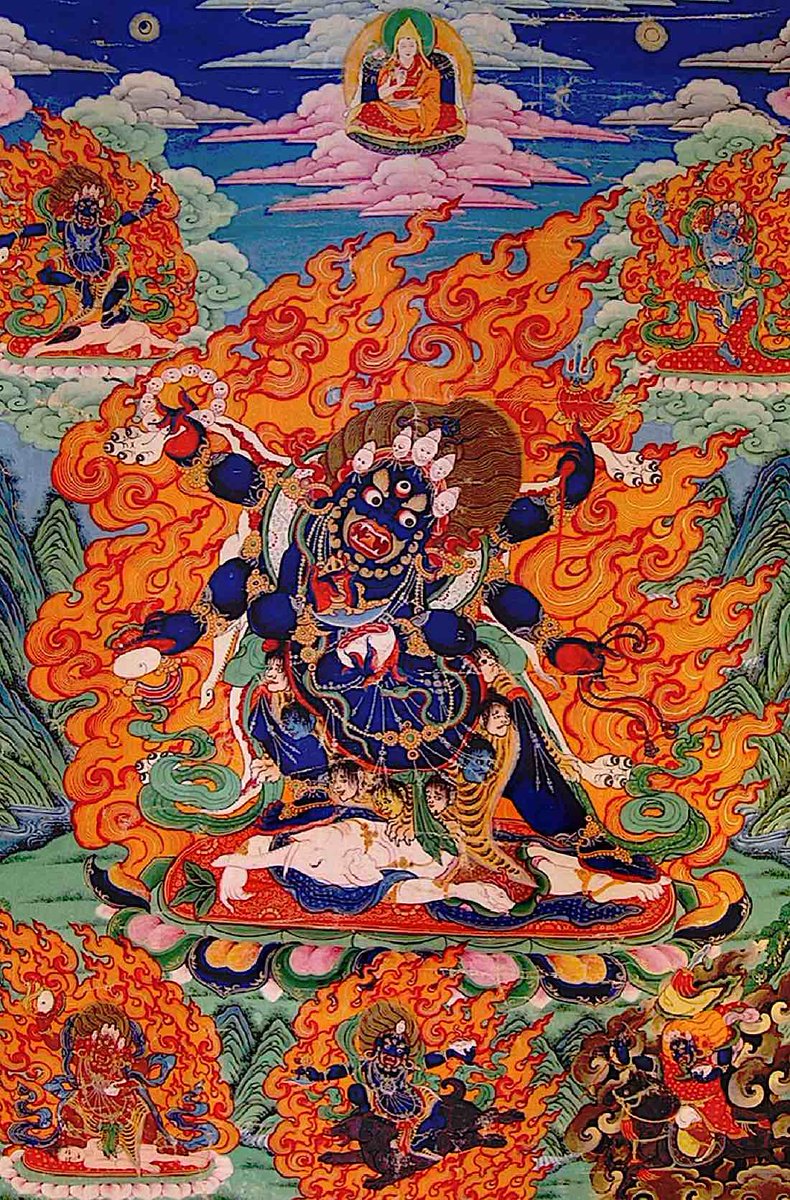
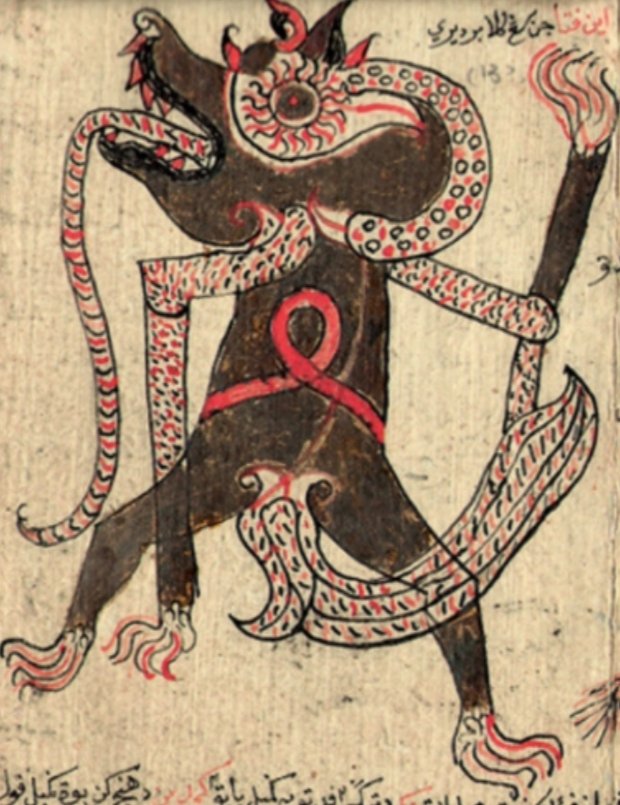
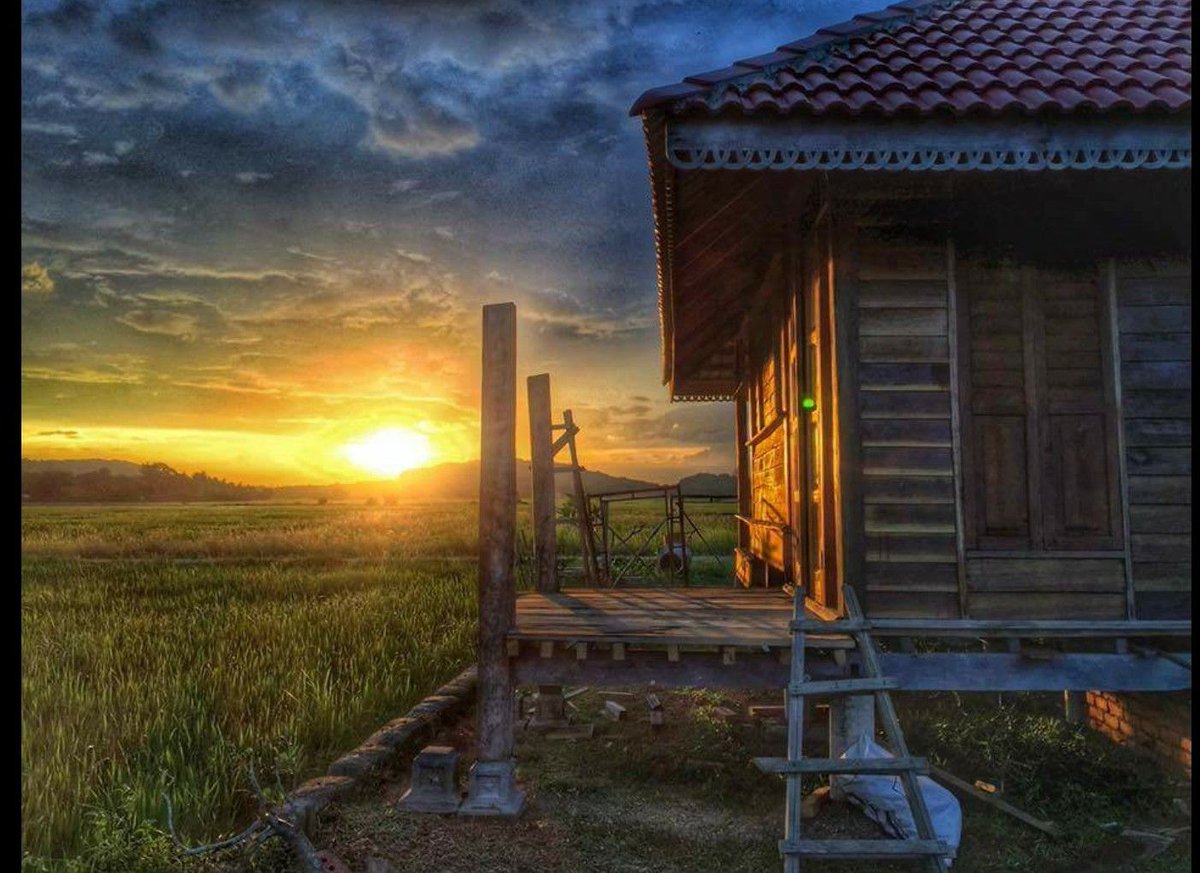
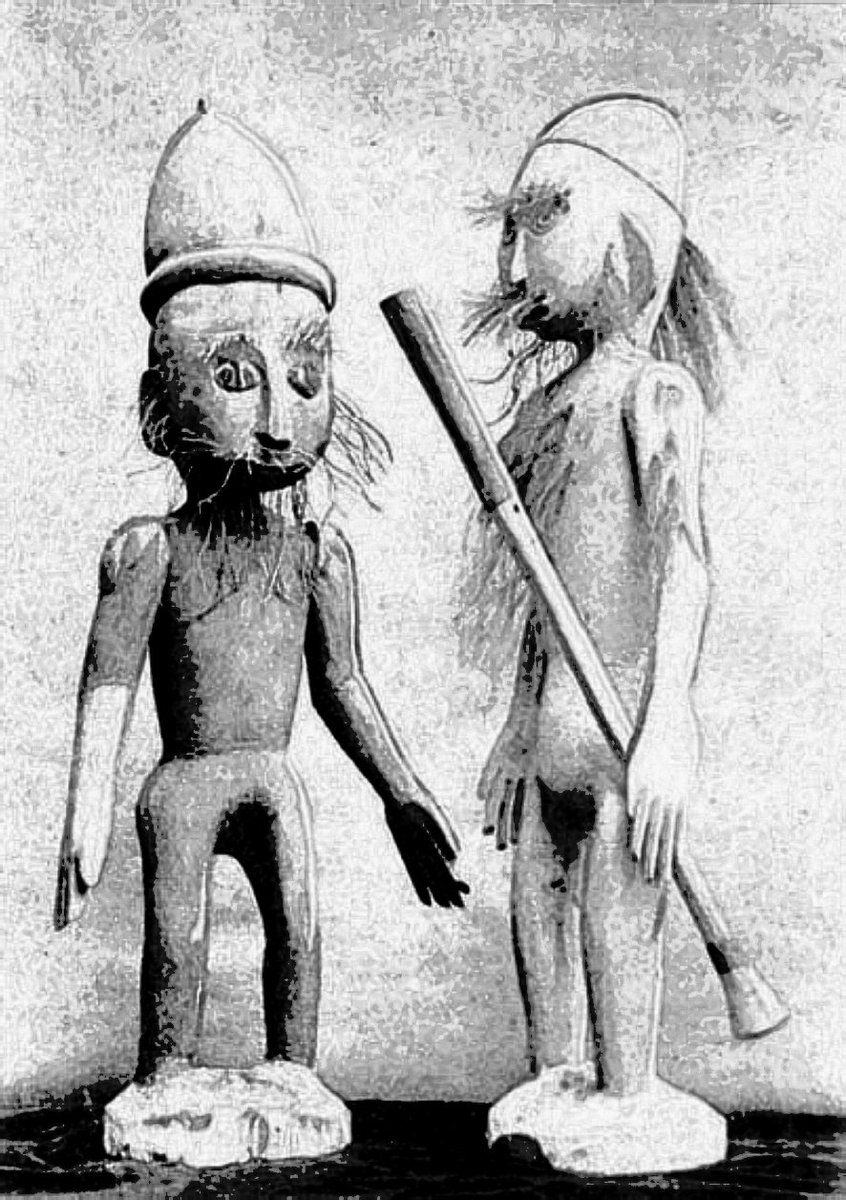
https://t.co/NB8NocFnmT
Evidence of the Hindu-Buddhist Malay heritage can be found in almost every aspect of the culture today. But let's start with something tangible. Here's an ancient statue of Avalokiteswara from Perak pic.twitter.com/I9t1nexwO8
— \u2745\u1710\u170b\u1713\u170e (@uglyluhan) January 8, 2019
Bayu (Vayu): god of the wind, father of Hanuman
Sang Gana (Ganesha): the elephant-headed remover of obstacles
https://t.co/daGwtfdB7v
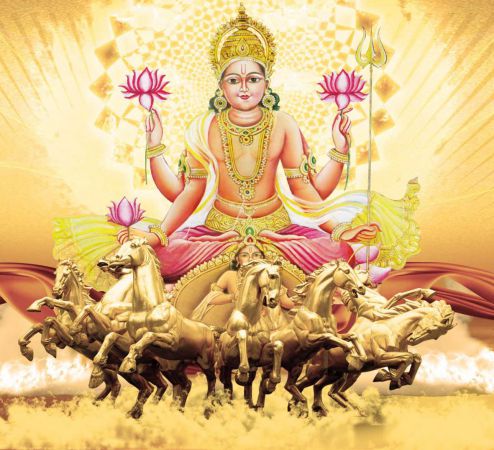
Take a look at this relief of a smithy from Candi Sukuh in Java. That type of cylindrical bellows on the right is still used by keris makers in both Malaysia and Indonesia. Also note the tantric Ganesha in the centre pic.twitter.com/MzCaTXghYT
— \u2745\u1710\u170b\u1713\u170e (@uglyluhan) March 19, 2019
Buda (Buddha): the enlightened one, founder of Buddhism
Maha Bisnu (Vishnu): the preserver in the Hindu trinity
Sri: goddess of rice
https://t.co/XnaPoWiHMg
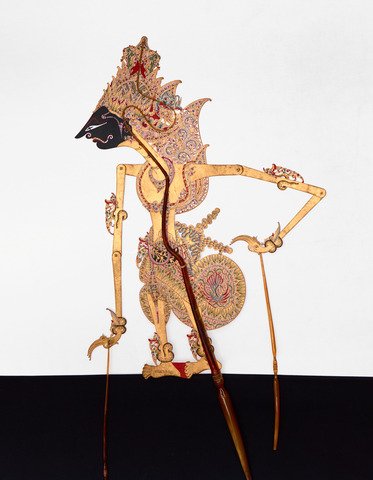
The union of the couple (in this case Raden Inu and Candra Kirana) is also symbolic of the gods Vishnu and Laksmi, known in Malay as Bisnu and Dewi Seri. And speaking of the sacred union, you might have noticed something pic.twitter.com/hS6OKXS24k
— \u2745\u1710\u170b\u1713\u170e (@uglyluhan) February 4, 2019
Kali: the blue-skinned slayer of evil
Durga: warrior goddess who rides a tiger or lion
Pertiwi (Prithvi): the earth personified
https://t.co/x4JluvPB1a

In Indo-Malay animism, the earth is personified as the maternal figure Ibuku Bumi, literally meaning "my mother earth". Through Hindu influence, the earth mother was identified with the Indian goddess Prithvi, known locally as Pertewi or Pertiwi#MythologyMonday pic.twitter.com/Q8tcdRBXmw
— \u2745\u1710\u170b\u1713\u170e (@uglyluhan) March 30, 2020
https://t.co/5hqgKiHpH8
It would be more accurate to say these words came from Sanskrit, not necessarily Hinduism. For example they exist in Buddhism as well. Also the "yang" in sembahyang is actually Hyang, the primal ancestor in Malay/Indonesian animism. God in Balinese Hinduism is Sang Hyang Widi https://t.co/1dKzpF7zCa
— \u2745\u1710\u170b\u1713\u170e (@uglyluhan) November 27, 2018
https://t.co/wUZ4uodpkA
So I was requested to do a thread on the datuk keramat. This is something most of us have heard about, but few understand its history or where it comes from, which is sad because this is a great example of not just cultural exchange, but an underlying similarity between them https://t.co/uKoXm2QTpW
— \u2745\u1710\u170b\u1713\u170e (@uglyluhan) January 23, 2019
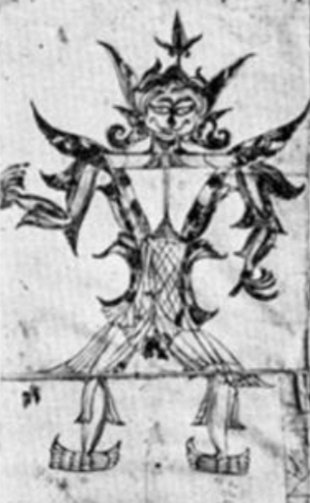
https://t.co/mc95XSt8Zq
There are a few main reasons for this. One is that silat movements exist in some shamanistic practices. The healing ritual Main Puteri from Kelantan incorporates silat, for examplehttps://t.co/0BADOspq3s
— \u2745\u1710\u170b\u1713\u170e (@uglyluhan) June 14, 2020
More from Religion
You May Also Like
Unfortunately the "This work includes the identification of viral sequences in bat samples, and has resulted in the isolation of three bat SARS-related coronaviruses that are now used as reagents to test therapeutics and vaccines." were BEFORE the

chimeric infectious clone grants were there.https://t.co/DAArwFkz6v is in 2017, Rs4231.
https://t.co/UgXygDjYbW is in 2016, RsSHC014 and RsWIV16.
https://t.co/krO69CsJ94 is in 2013, RsWIV1. notice that this is before the beginning of the project
starting in 2016. Also remember that they told about only 3 isolates/live viruses. RsSHC014 is a live infectious clone that is just as alive as those other "Isolates".
P.D. somehow is able to use funds that he have yet recieved yet, and send results and sequences from late 2019 back in time into 2015,2013 and 2016!
https://t.co/4wC7k1Lh54 Ref 3: Why ALL your pangolin samples were PCR negative? to avoid deep sequencing and accidentally reveal Paguma Larvata and Oryctolagus Cuniculus?


